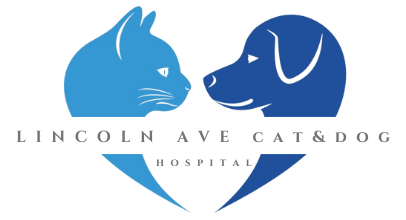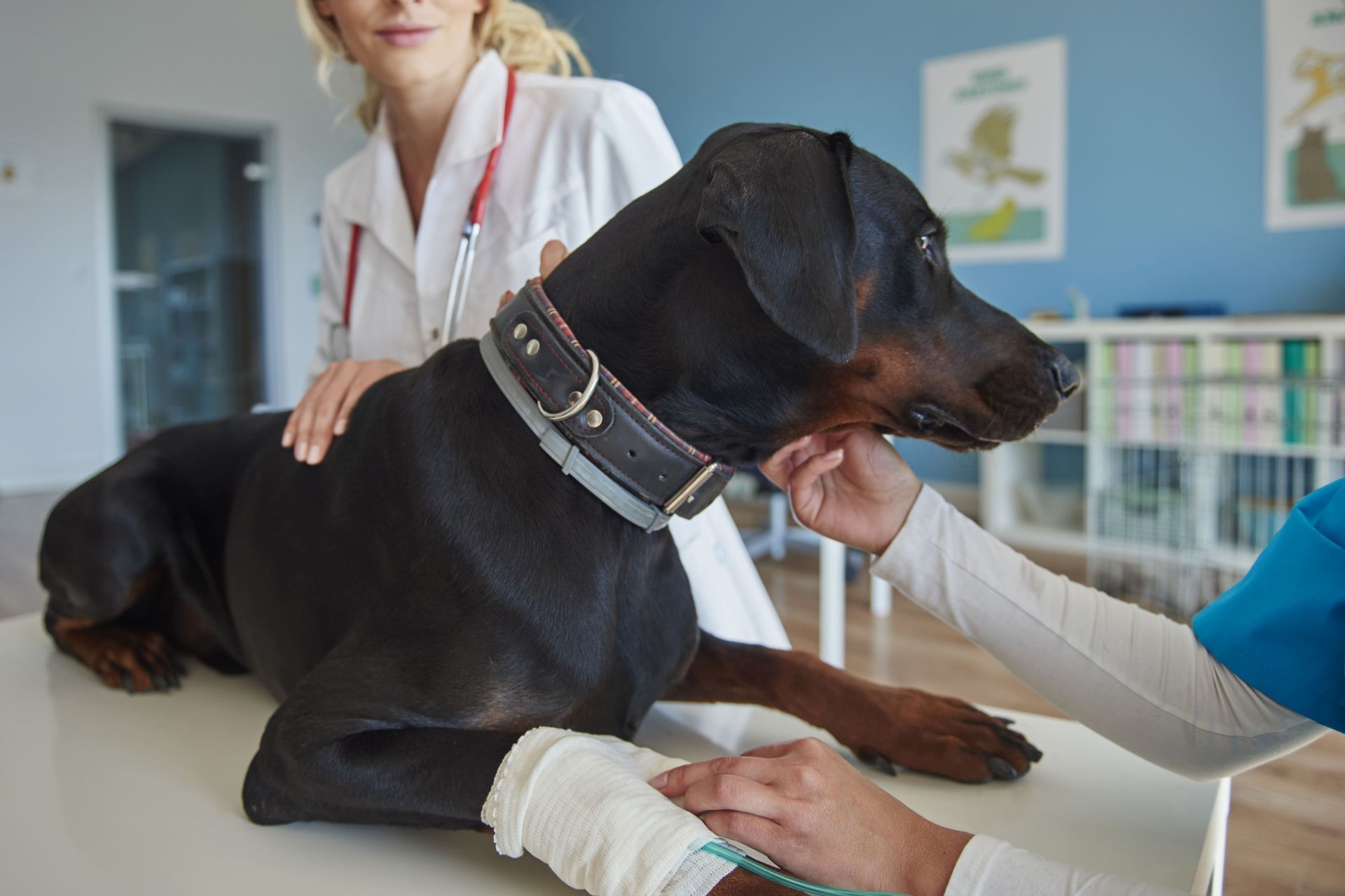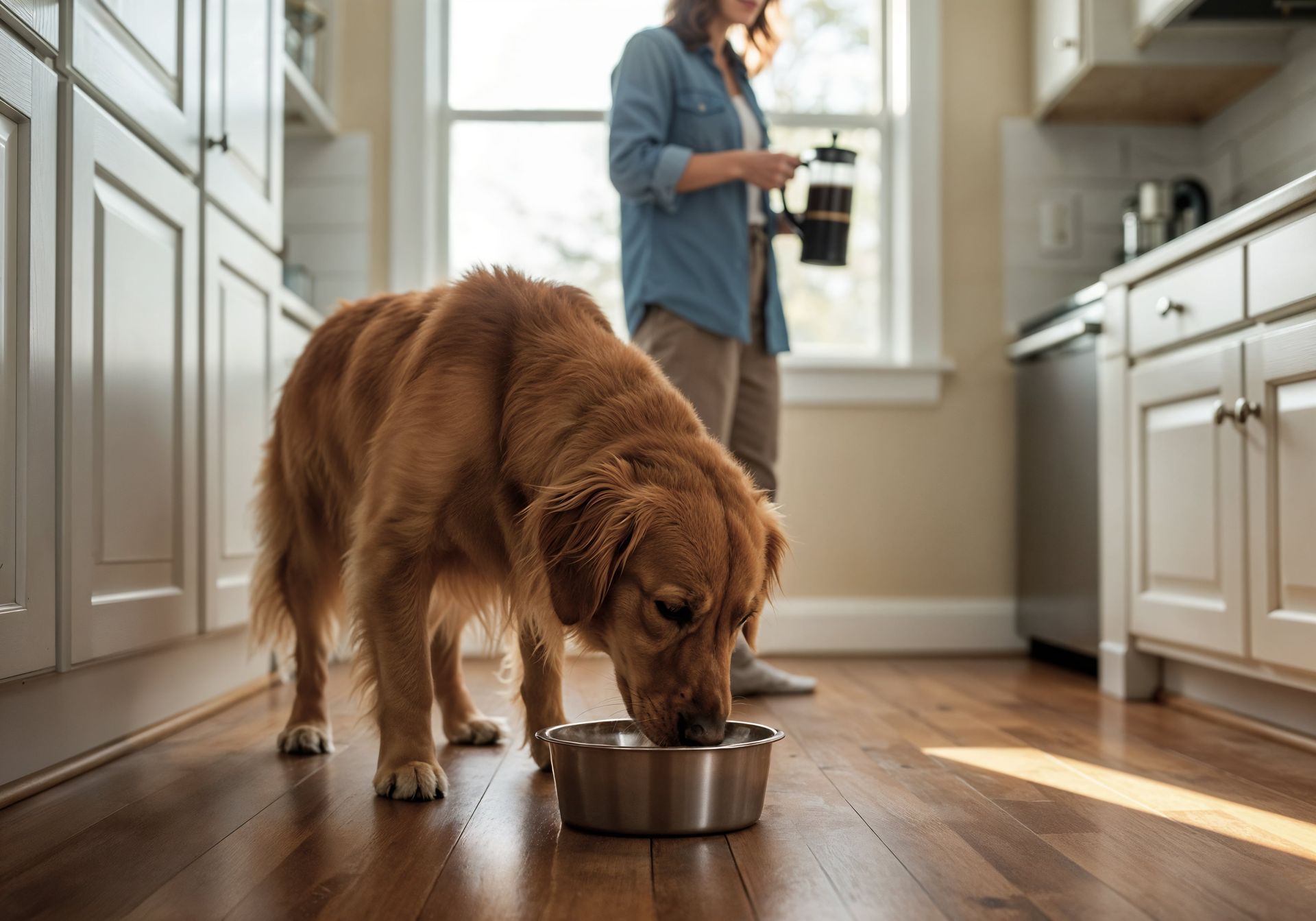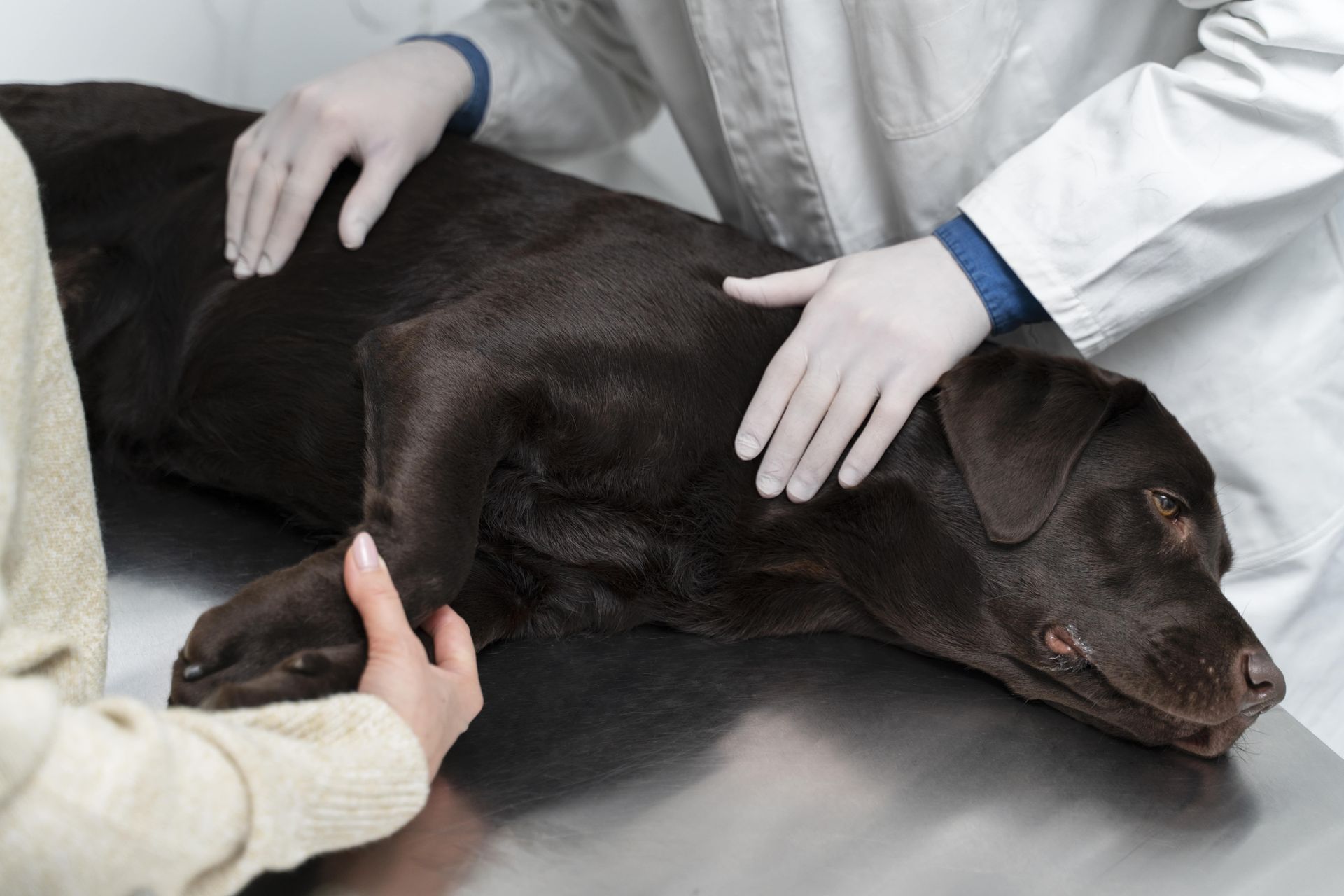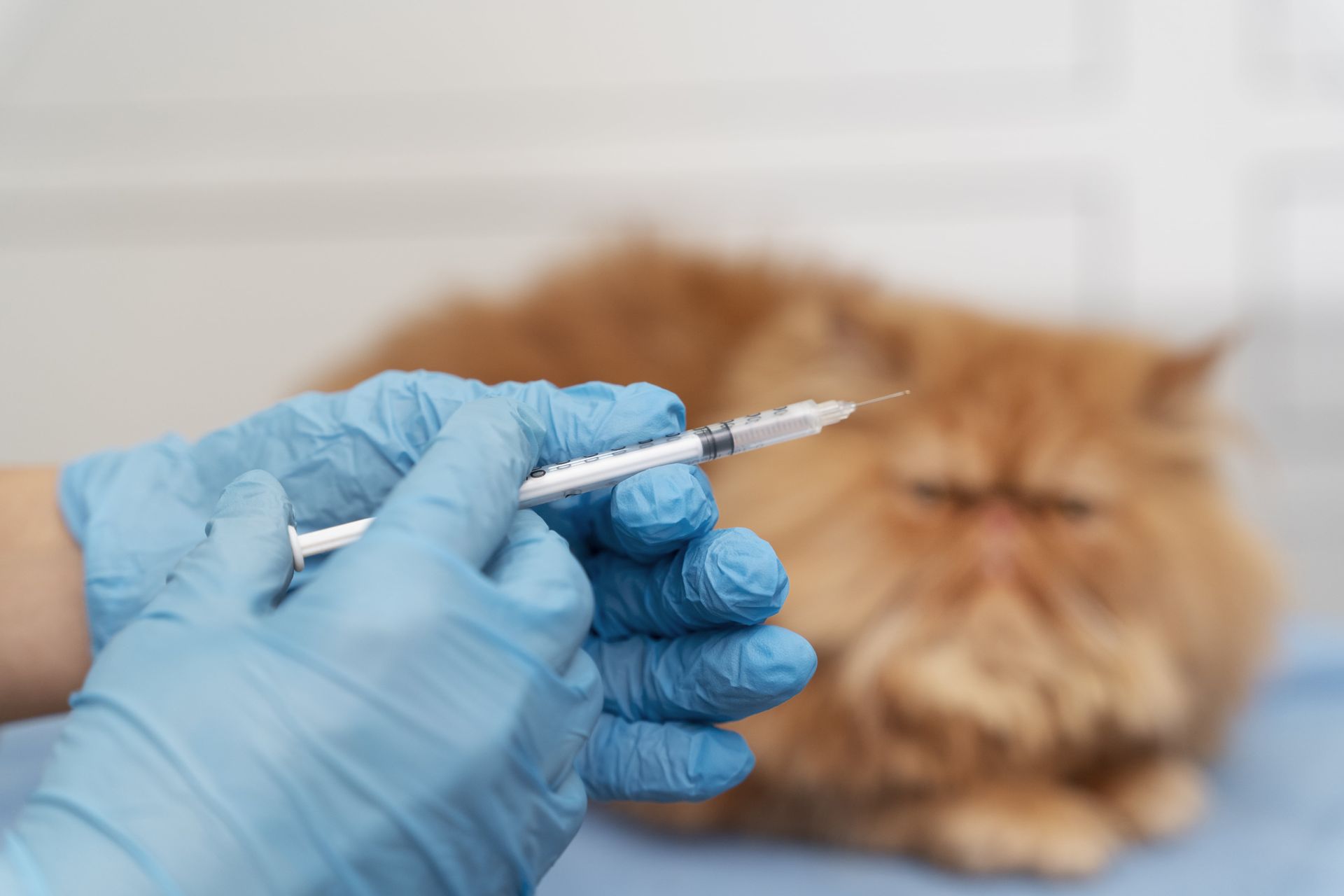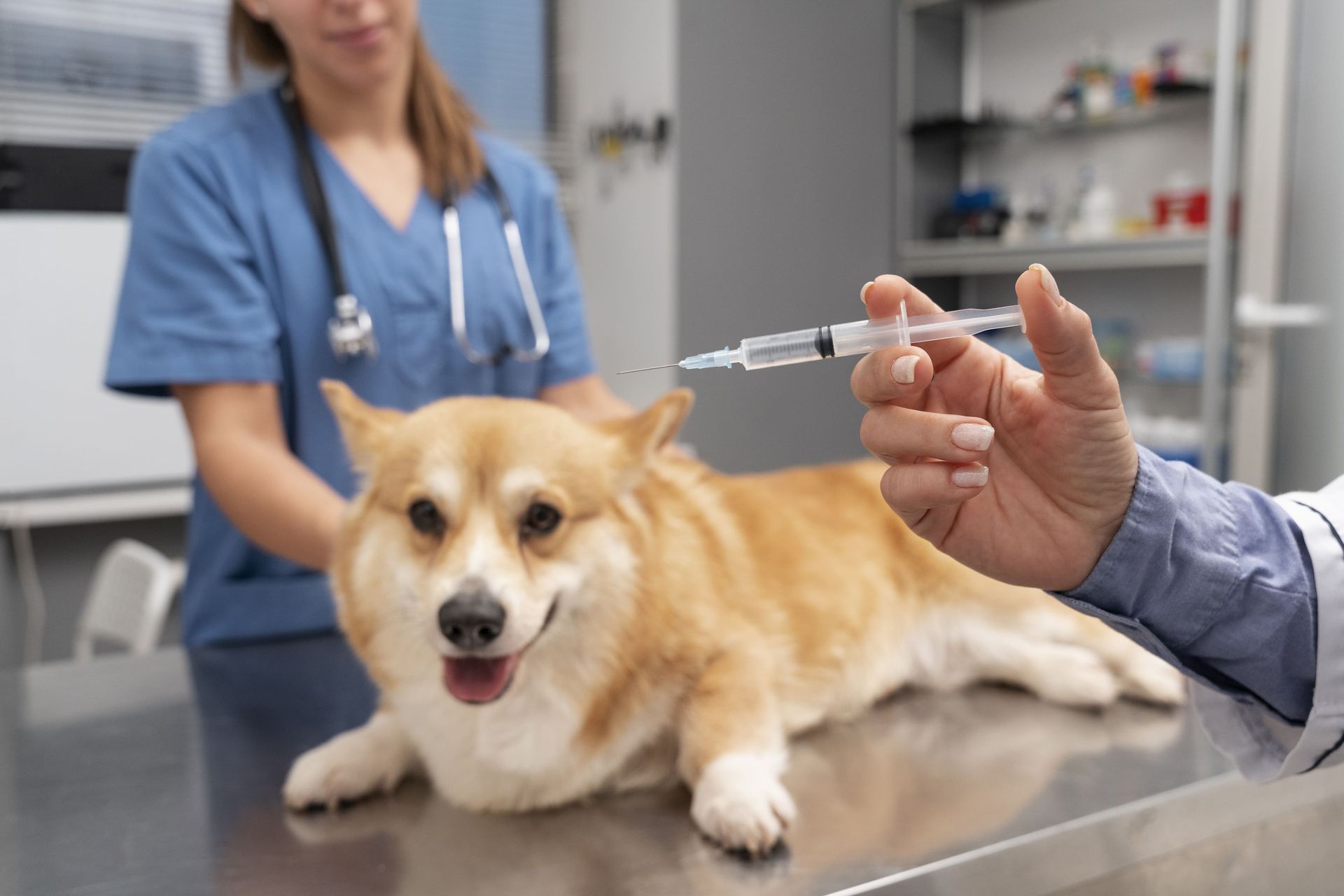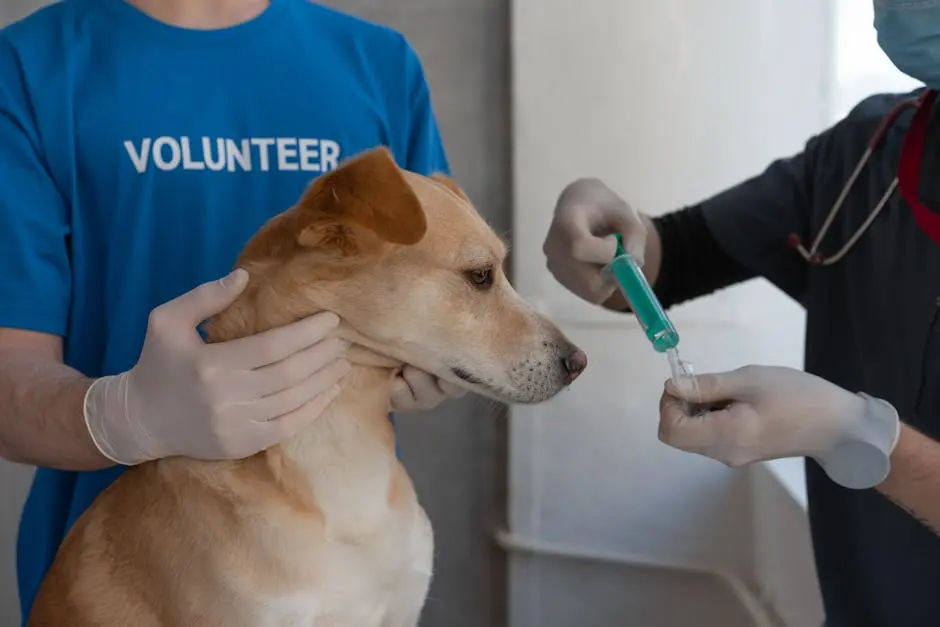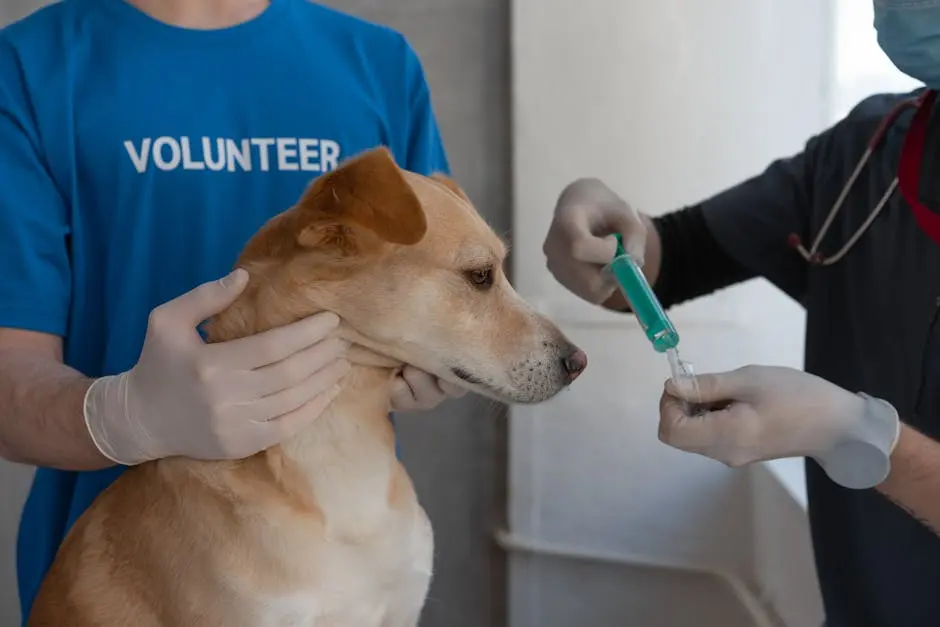Finding an unusual lump or bump on your pet is one of the most worrying experiences for any dog or cat owner. Questions often appear all at once: is this growth harmless or cancerous, will it spread, how quickly should we act, is surgery the right option, what are the chances of a good recovery, and most importantly, can we afford the treatment? These questions are valid and deserve thoughtful answers. Veterinary medicine has progressed greatly in recent years, which means many tumors can now be safely removed with very high success rates. Better diagnostic tools, modern anesthetics, advanced surgical techniques, and improved post-operative pain management have changed the landscape. Pets that once had limited options now have real opportunities to enjoy long, comfortable, and happy lives after surgery.
In this detailed article, we will explore what
tumor removal for pets
involves, why surgery is often the most effective treatment, what outcomes can realistically be expected, how affordability can be maintained without compromising quality, and what role we at Lincoln Avenue Cat & Dog Hospital play in guiding families through this process.
Understanding Lumps and Tumors in Pets
Not every lump that develops on a pet is a life-threatening tumor. In fact, many lumps turn out to be benign and do not spread to other parts of the body. Examples include lipomas, which are fatty tumors, and sebaceous cysts, which are blocked oil glands. These are often harmless and may not require treatment unless they interfere with mobility or comfort. However, other tumors can be malignant. These are more aggressive, can grow rapidly, and may spread to organs such as the lungs or lymph nodes.
Some of the most common tumors in pets include mast cell tumors, soft tissue sarcomas, mammary gland tumors, and osteosarcoma in the bones. Each type has unique behavior, growth speed, and treatment needs. To make informed decisions, a veterinarian may recommend diagnostic tools such as fine needle aspirates, biopsies, blood work, or imaging scans. Identifying the tumor type, grade, and stage allows owners to clearly understand whether surgery alone is sufficient or if chemotherapy, radiation, or other therapies are needed in combination.
When Surgery is the Right First Step?
Surgical removal of a tumor is often the first and most important treatment, especially when the tumor is localized. For smaller or well-contained masses, surgery alone can be curative. Removing the tumor early, before it grows deeper or spreads, gives the highest chance of success.
Even in cases where the tumor is aggressive, surgery can play a vital role. For instance, if a malignant tumor is removed completely and margins are clear, further growth may be prevented for a significant period. In cases where cancer has already spread or the tumor cannot be fully removed, surgery still often helps by reducing tumor size, relieving pain, and improving the pet’s comfort.
This decision depends on many factors, such as the tumor’s location, its size, and whether the removal would impact the function of vital body parts. Our role at Lincoln Avenue Cat & Dog Hospital is to explain these details in simple language so that owners fully understand how surgery will benefit their pet.
The Range of Procedures Your Pet Might Need?
Not all surgeries are the same. Depending on the tumor, your pet may need one of several types of procedures:
- Simple excision involves carefully cutting away a small tumor along with minimal surrounding tissue. This is often done for growths on the skin or areas where closure is straightforward.
- Wide local excision is performed when tumors are more aggressive or likely to recur. Here, the surgeon removes not only the visible mass but also a margin of healthy-looking tissue around it.
- Reconstructive surgery is sometimes needed when removing a large tumor leaves an open wound or a gap that cannot heal naturally. Tissue flaps or grafts are used to restore coverage.
- Limb amputation may be the best option for bone tumors such as osteosarcoma. Though the thought may sound daunting, most pets adapt quickly and live comfortably with three legs.
- Limb-sparing procedures are sometimes available for bone tumors, where the diseased portion of bone is removed and replaced with grafts or implants, allowing the pet to retain limb function.
Each procedure is chosen with one goal in mind: maximizing the pet’s comfort, recovery, and long-term health while preserving function as much as possible.
What Determines Success, and Why Margins Matter?
One of the most critical elements in tumor removal for pets is the margin of tissue around the tumor. If only the visible lump is removed but microscopic cancer cells remain, the tumor may regrow at the same site. This is why veterinary surgeons often aim for "clean margins," meaning no tumor cells are found at the edge of the tissue sample when examined by a pathologist.
For certain types of tumors, such as mast cell tumors and soft tissue sarcomas, margins play an even greater role. A wide margin can mean the difference between a tumor that does not return and one that recurs within months. When wide margins cannot be achieved due to the tumor’s location, additional therapies such as radiation may be suggested to prevent recurrence.
This highlights the importance of surgical planning, experience, and post-operative pathology to evaluate the success of the procedure.
Realistic Outcomes and What Evidence Shows?
Outcomes from tumor removal for pets vary by tumor type, stage, and individual health. For benign tumors or low-grade malignant tumors, surgery often provides a complete cure. In fact, many pets live their normal life spans after tumor removal with no recurrence.
For aggressive or high-grade cancers, surgery is usually just one step in the treatment process. Combining surgery with chemotherapy or radiation often extends survival and enhances quality of life. For bone cancers, amputation combined with chemotherapy has been shown to provide significant extension of life expectancy compared to no treatment.
We always emphasize realistic expectations. Some surgeries will add years of healthy life, while others may extend life by months, but with great comfort. Our role is to help families choose a path that balances treatment success with the pet’s happiness.
Cost and Affordability: What to Expect?
The cost of tumor removal for pets can vary greatly. A simple mass removal may cost only a few hundred dollars, while complex surgeries with advanced imaging, experts’ involvement, and hospitalization may cost several thousand. Costs also increase if chemotherapy, radiation, or additional treatments are needed.
Owners often worry about affordability, and rightfully so. That is why we at Lincoln Avenue Cat & Dog Hospital emphasize transparency. We provide clear estimates for each stage of care, from diagnostics to surgery and post-op care. This helps families plan their budgets realistically without unexpected financial strain.
How do we Make Excellent Care Affordable?
Affordability does not mean cutting corners. At Lincoln Avenue Cat & Dog Hospital, we focus on providing options that maintain the highest quality of care while managing costs. We do this by:
- Offering different levels of treatment plans that suit various budgets.
- Use in-house diagnostics whenever possible to save on external laboratory fees.
- Suggesting necessary tests only, so owners do not spend on procedures that will not impact treatment.
- Referring to experts only when absolutely required.
This approach ensures that pets receive the treatment they need without overwhelming their families financially.
Preparing for Surgery: Tests and Staging
Before surgery, proper preparation is essential. Pre-operative tests are used to confirm the diagnosis, assess overall health, and check whether the tumor has spread. This may include:
- Blood tests to evaluate liver, kidney, and heart function.
- X-rays or ultrasounds to look for metastasis in the chest or abdomen.
- Biopsies or fine needle aspirates to determine the tumor type.
- Advanced imaging, such as CT or MR, is used in complex cases.
These tests help ensure that surgery is the right decision and that it is performed safely with the best possible outcome.
Anesthesia Safety and Monitoring
One of the biggest concerns for owners is anesthesia risk, especially for older pets. Advances in veterinary anesthesia have made surgery much safer than in the past. Pets undergoing tumor removal are carefully monitored with equipment that tracks heart rate, oxygen levels, blood pressure, and temperature throughout the procedure.
An individualized anesthetic plan is made for each pet, taking into account age, weight, and any existing health problems. This ensures maximum safety and smooth recovery.
Post-Operative Care and Recovery Expectations
The recovery period after surgery depends on the size and type of the procedure. For small mass removals, most pets go home the same day and need only a short course of pain medication. For larger or more complex surgeries, a hospital stay of several days may be required.
After discharge, owners must watch for swelling, redness, or discharge at the surgical site. Restricting activity, using protective collars, and following medication schedules are key parts of recovery. With proper care, most pets return to normal activity within weeks.
Pain Control and Quality of Life
Modern veterinary medicine places strong emphasis on pain control. We use a combination of pain-relieving drugs, local anesthetics, and sometimes long-lasting injections to keep pets comfortable after tumor surgery.
For amputations or larger surgeries, pets adapt remarkably well. Dogs and cats can often return to running, playing, and enjoying life within a short time. Quality of life is the central goal of every procedure we perform.
When Surgery is Not the Best Option?
Not every pet is a candidate for surgery. If a tumor is widespread, if the pet has other serious health issues, or if surgery would cause more suffering than relief, other options are considered. Palliative care, which focuses on comfort and symptom relief rather than cure, can be the most humane choice.
This might involve pain management, draining fluid buildup, or using medications to slow tumor growth. Honest conversations between veterinarians and owners are essential to decide what is best for the pet’s overall well-being.
Choosing the Right Hospital or Surgeon
The success of tumor removal for pets depends greatly on the skill of the surgical team. It is important to choose a hospital that has experienced veterinarians, access to experts when required, and a strong support team.
At our hospital, we combine skilled general surgeons with referral partnerships when advanced procedures are necessary. This ensures every pet receives the right level of care without unnecessary costs or transfers.
Questions owners should ask their veterinary team.
When facing tumor surgery, owners should feel comfortable asking their veterinary team key questions, such as:
- What type of tumor are we dealing with?
- What staging tests are truly necessary?
- Will complete removal be possible, and what are the risks?
- What is the expected recovery period.
- What are the costs for surgery and aftercare?
Clear answers help families make decisions with confidence.
Final thoughts
Early detection makes all the difference. If you notice a lump on your dog or cat, do not wait. Schedule a veterinary visit promptly. With advances in veterinary medicine, affordable tumor removal for pets is now a realistic option for many families. By combining skilled surgery, careful staging, modern anesthesia, and transparent communication, we at
Lincoln Avenue Cat & Dog Hospital
strive to provide every pet with the chance for a healthier and happier life. Visit us now!
FAQs (Frequently Asked Questions)
Q-1. How do I know if a lump on my pet needs removal?
Ans: If a lump changes size quickly, bleeds, causes pain, or interferes with movement, veterinary evaluation is needed. Only diagnostic tests confirm whether removal is required.
Q-2. Is tumor removal for pets always curative?
Ans: Not always. Benign tumors are often cured with surgery, while malignant tumors may return. Success depends on tumor type, margins, and whether cancer has already spread to other areas.
Q-3. What is the average recovery time after tumor surgery?
Ans: Recovery time varies. Small mass removals often heal within two weeks, while larger surgeries may take several weeks. Following veterinary instructions carefully helps ensure smooth recovery and comfort.
Q-4. Can tumor removal for pets be affordable without losing quality?
Ans: Yes. Many clinics, including ours, offer tiered treatment plans, in-house diagnostics, and more. These options allow pets to receive high-quality care while keeping the costs manageable for families.
